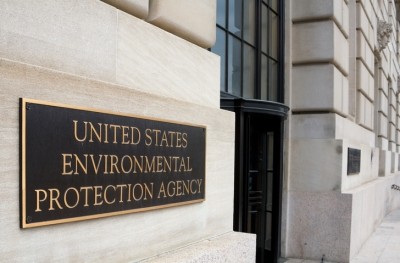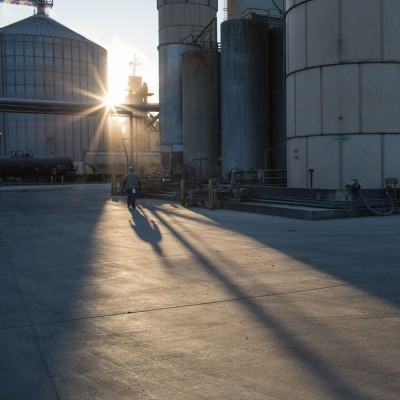special edition: reports from IPPE
US feed industry talks sustainability at IPPE
We had the opportunity to speak with researchers and companies about the work being done in the US to improve production practices, to make better use of feed ingredients and limit nutrient excretion or waste.
“Historically, people in animal [production] and agriculture overall were skeptics around climate change … people felt it was a political game, a partisan game and to me, that was troublesome because it’s not that at all,” said Frank Mitloehner, professor, he University of California-Davis who spoke during the summit. “Climate change is happening, and while fossil fuel use is the number one culprit, by far, animal agriculture still has a role to play.”
“It’s not a major one, it’s a minor one, but it’s still a role to play,” he added.
At a time, when consumers are starting to make decisions about food purchases based on the product’s carbon footprint, it is “a troublesome situation” to have producers say they do not believe in climate change, he said.
Reducing methane emissions
The industry has been taking steps to understand the effects that livestock and poultry farming is having on the environment, said Mitloehner. Those influences have been quantified by species, production type and for feed.
In California, work is ongoing to address industry emissions including finding new ways to reduce the methane generated by cows using feed additives, he said.
“We must get farmers, we must get landowners to be partners in those efforts to reduce climate impacts,” he said. “Examples like the recent ones in California are encouraging because you see that if you do partner with them, they can actually really reduce climate pollutants that are short-lived in nature.”
Currently, an assessment by the US Environmental Protection Agency (EPA) considers that the combined agricultural and forestry industry provides a larger “sink” for greenhouse gases than they produce, he added.
'Doing more with less'
Looking at sustainability from a feed use perspective, within an animal’s feed, there are also several steps being taken to improve nutrient use and limit the excretion of waste minerals, said Mike Banks, poultry specialist, Ridley Feed Ingredients. His insights are not captured in our video above but we caught up with him at the show.
“With feed additives, we’re able to do more with less, or do more with the same amount,” he said. Enzyme use in feed, for example, allows animals to access more of the nutrients contained within a diet.
“We’re able to release those nutrients and energy,” he said. “We’re taking these pieces of corn that were previously unusable by the animal and allowing it to be utilized.”
Improving the digestibility or access to the nutritional elements in a feed ingredient has also increased the number of by-products, like dried distiller’s grains with solubles (DDGS) that can be included in animal diets, he said.
Similarly, focusing on using more available mineral ingredients can limit waste and provide space in a diet for supplementation of other ingredients, Banks said. “When we have trace minerals that are available to the bird, we can feed five units, in other words, we don’t have to feed her 20 or 30 units like we did in the past.”
“We do have a responsibility, we are stewards,” he said. “This is one way we can help our customers to improve stewardship.”















